E-Paper Displays for Raspberry Pi (2022 Guide)
Are you interested in using an e-paper display for your next Raspberry Pi project? There is no shortage of creativity in the Raspberry Pi developer community. Developers are using e-paper displays various types of Raspberry Pi projects. From weather updates and news bulletins to movie players and message boards, the sky's the limit for e-paper display Raspberry Pi projects!
Using E-Paper Display For Raspberry Pi Projects
If you're curious about using an e-paper display for your next Raspberry Pi project then look no further - we are going to break down all you need to know about e-paper display for Raspberry Pi projects including how they work, what they can be used for, and where to buy them. With an increasing number of online tutorials on how to use a Raspberry Pi to power an e-paper display, there are plenty of resources to help you hit the ground running.
Due to their backlights, standard monitors consume a tremendous amount of power. E-paper only consumes power when it's updating, making it an efficient technology. If you choose to disconnect the e-paper from your power source, the screen will still display the last update. Hobbyists often go for the smallest e-paper display possible, as these can be expensive.
How do e-paper displays work?
People like e-paper displays for the same reasons they like regular paper. These displays do not beam rays of blinding light into your eyes and do not consume any electricity to present images on the screen. E-paper displays only use electricity to change or alter the display. This means the images are able to remain on these screens for days or weeks without consuming power.
Innovation in this space shows no signs of slowing down. Manufacturers are continuing to develop e-paper display products with improved resolutions and refresh rates. Across the market, we're also seeing improved colour capabilities in these products, which helps to enhance the experience and potentially expand the use cases of e-paper displays.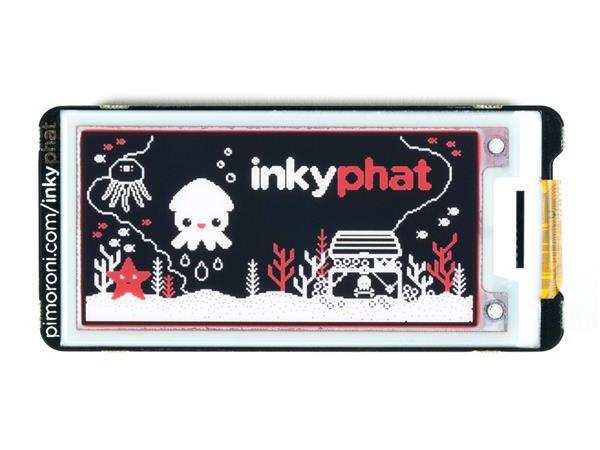
What is an e-paper display used for?
Amazon's Kindle e-reader is the most widely seen example of this technology in action. The e-paper display is well-suited to Amazon's Kindle because the screens are typically easy to view in sunny conditions. This isn't always the case with LCD screens that can be hard to view in the bright sun. E-paper displays are relatively easy to look at in any environment.
In 2020, the Hisense A5 Pro e-ink smartphone was released with full-colour video. This is astonishingly impressive given all of the limitations presented by the display technology. It's clear that this technology is more popular than ever before. Hobbyists are hooking up e-paper displays to their Raspberry Pi devices for a full range of exciting projects.
Check out some of our favorite examples below!
Tom Whitewell's Super-Slow Movie (EPaper Raspberry Pi Display)
We are particularly impressed by the cinematic nature of Tom Whitwell's super-slow e-paper display, which takes months to play a film in full. This was a relatively simple project for Tom - with no coding or soldering required. If you would like to recreate this yourself, the official Raspberry Pi website has produced a full step-by-step tutorial for you to follow.
Sridhar Rajagopal's Weather Station (E-Paper Display Raspberry Pi)
Sridhar recently submitted a tutorial on how to create a tabletop weather station using e-paper and a Raspberry Pi. With access to the right equipment, this is an easy project that can be completed in just under an hour. This works with any Raspberry Pi, compatible ePaper display. The finished project can be displayed on your coffee table or nightstand.
James Bruton's Message Board (E-Paper Display For Raspberry Pi)
On the Raspberry Pi blog, we enjoyed reading about how James Bruton successfully built an IoT-controlled e-paper message board using a Raspberry Pi. Harnessing the immense power of the Google Docs API (enabling you to read and write code inside Google Docs), James Bruton built a message board that tracks a Google Sheet and updates whenever new data appears.
Jason Barnett's Money Tracker (E-Paper Display Raspberry Pi)
Using Monzo's banking API, Jason Barnett was able to create a basic e-paper display for his kids to keep track of their pocket money. After installing the API onto the Raspberry Pi, Jason adjusted the code so that the screen reloads information every 15 minutes, displaying the latest amount of pocket money in both kids' pots. This was achieved using pyMonzo.
Simon Bugler's Wearable Computer (EPaper Raspberry Pi Display)
Simon submitted a really interesting tutorial to Electromaker on how to create a wearable computer using the Pimoroni Inky Phat and a Raspberry Pi Zero. With access to the right resources, this is a project that should take no longer than two hours. If you want to create a low-power, portable, multi-use device with your Raspberry Pi and the Pimoroni Inky Phat, this project is for you.
Does e-paper use power?
As we said earlier, e-paper only uses power to change or alter images on the screen. If you have a static image displayed on the screen, this will not consume any power. You can even remove the power source entirely - and it will still display the last update. E-paper is a reflective technology. This means that no power is used to light up the display.
This is because e-paper uses bistable technology. The 'pixels' on the e-paper are tiny capsules that contain positively charged white particles and negatively charged black particles. Applying a positive charge to the top of a capsule and a negative to the bottom draws black particles into view and pulls white ones out of view, producing the dark areas on your screen display.
How long does an e-paper display last?
An e-paper display screen should last for several years. Although, this will all depend on the frequency of usage and how often the display is updated. It's worth noting that it's extremely unlikely that you will need to annually change your battery. Most e-paper display screens are designed to last for up to five years without changing the battery.
What is the largest e-paper screen?
E-paper manufacturer E Ink has developed a 42-inch display e-paper screen. This is the world's largest electronic paper screen, with a resolution higher than most standard HDTVs. Despite the size, the design manages to retain paperlike readability and low energy consumption of e-paper technology. Due to the cost of large screens, Raspberry Pi hobbyists choose smaller displays.
Can you buy full-colour e-paper displays?
Yes - there are full-colour e-paper displays on the market. Inky Impression is a 5.7" (600 x 448 pixels) e-paper display for Raspberry Pi, offering seven whole colours to play with. This means the Inky Impression is suitable for displaying graphics and art. After testing out this product, we found that pixel art and retro comic art look particularly striking on the e-paper display.
We loved the inky impression so much that we featured it as 'Product of the Week'. Read / Watch the Inky Impression review.
Your turn: Which E-Paper Displays are you using?
Have you been searching for an e-paper display that's compatible with your Raspberry Pi? Let us know in the comment section below!
Did you know that we stock a wide range of e-paper / e-ink displays in the Electromaker shop? Take a look at our e-paper display product range here.



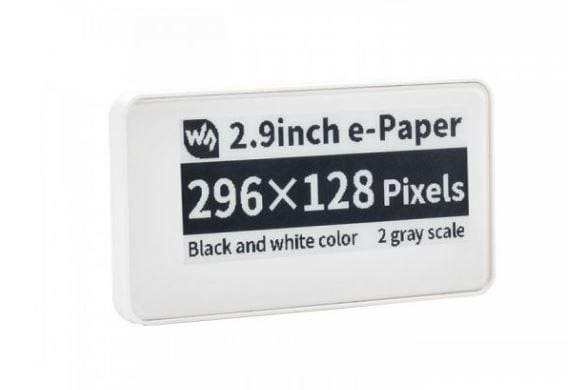


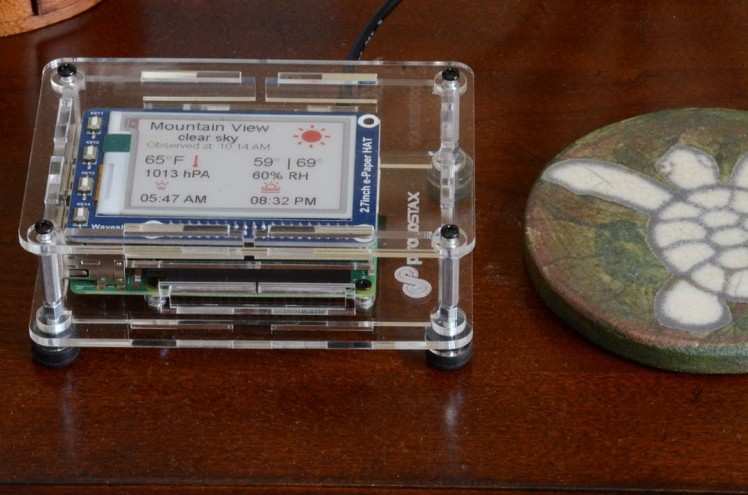
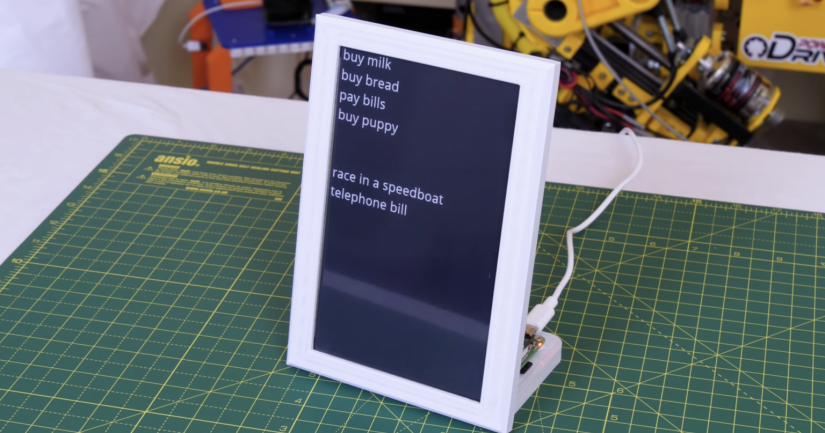
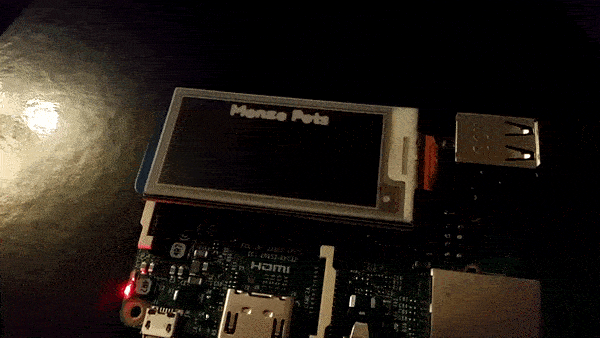
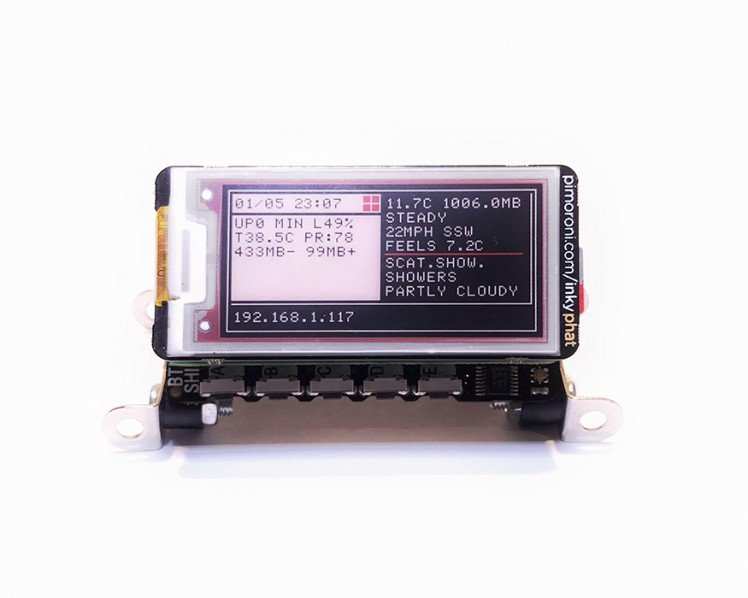
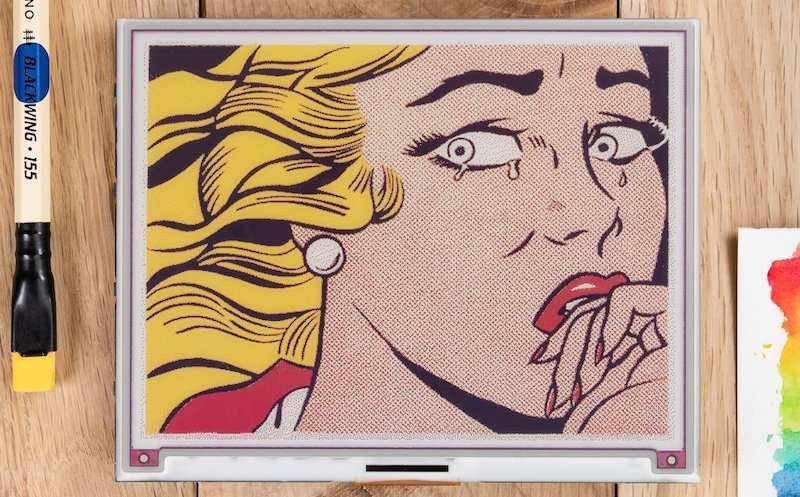

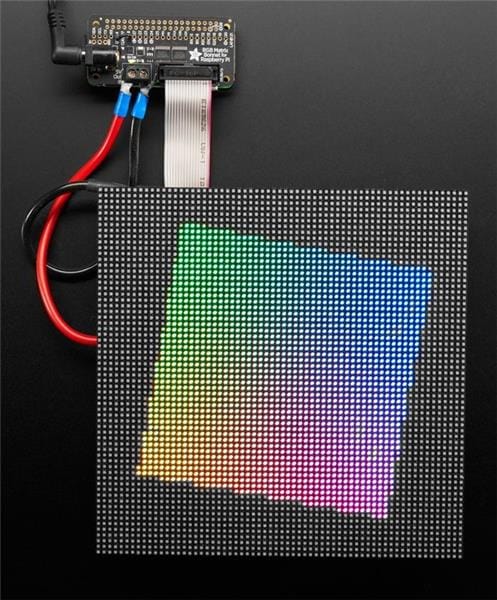


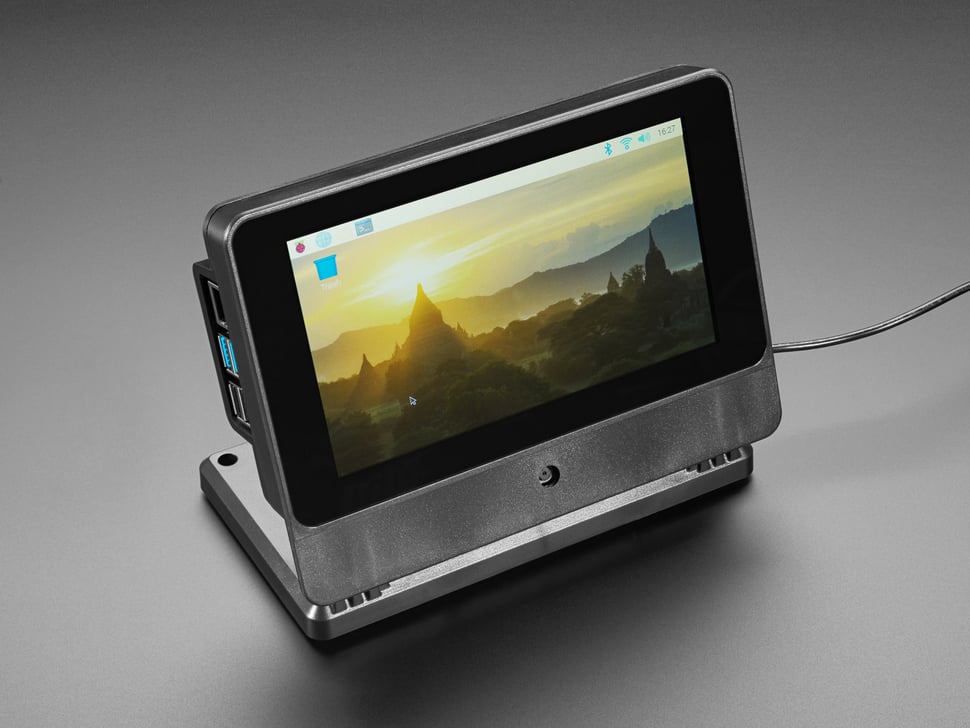

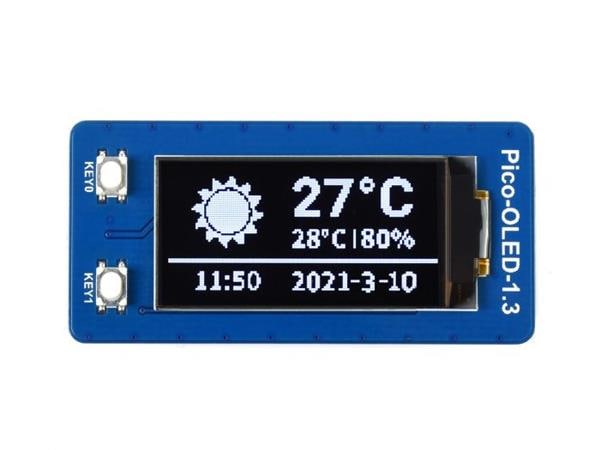

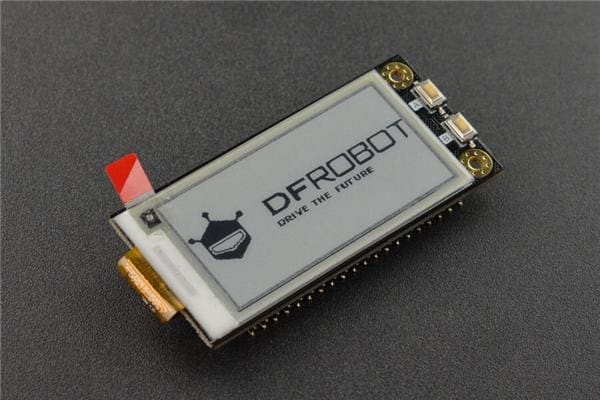

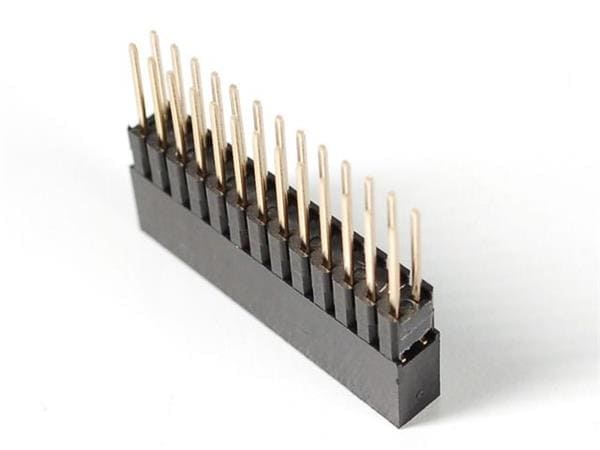
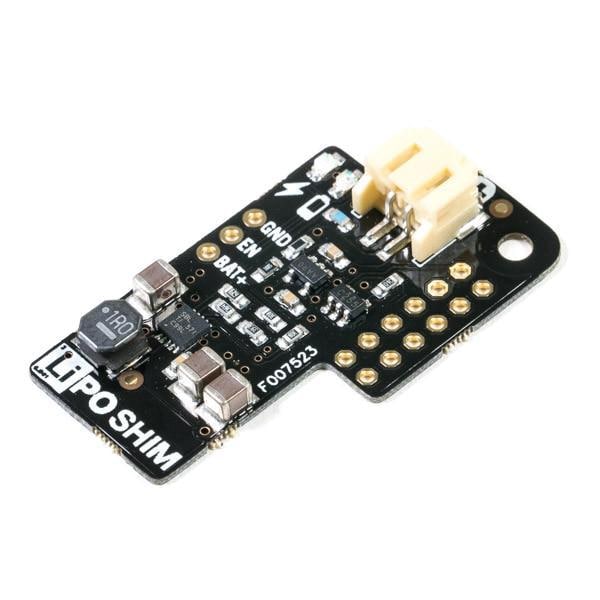

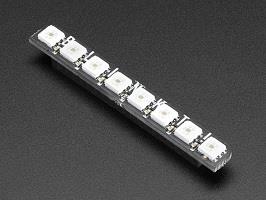

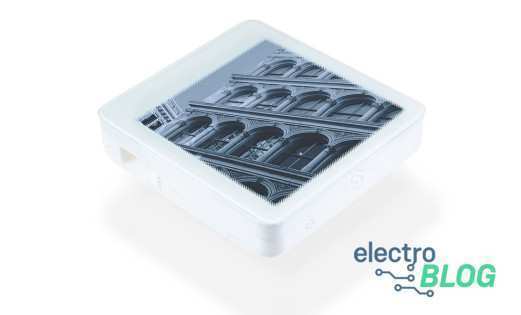

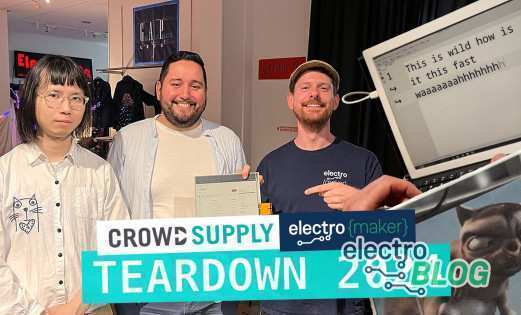
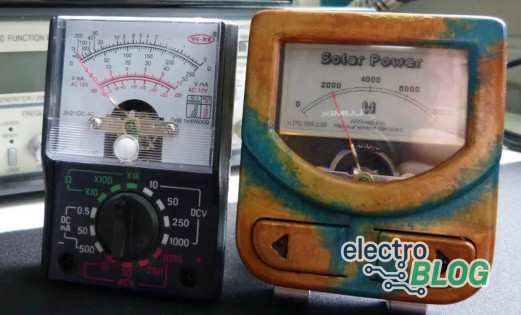
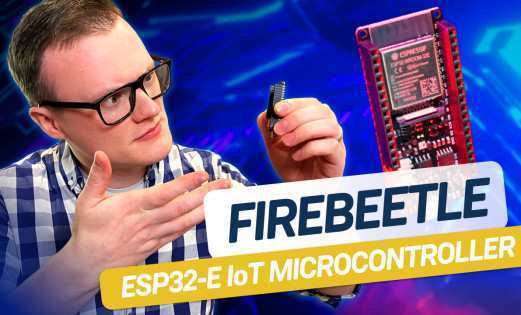
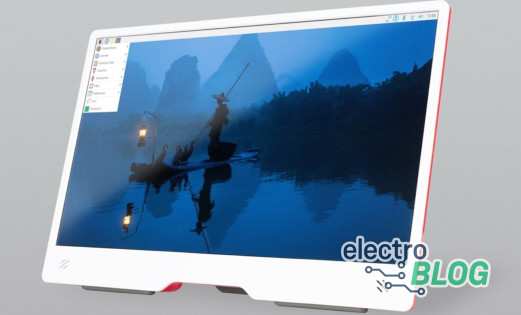

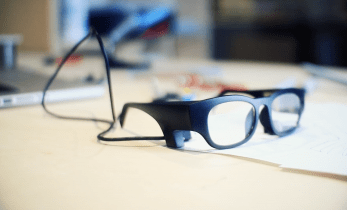
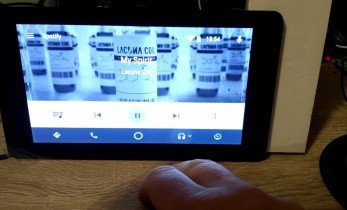
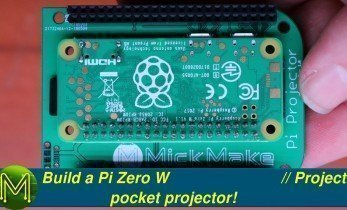

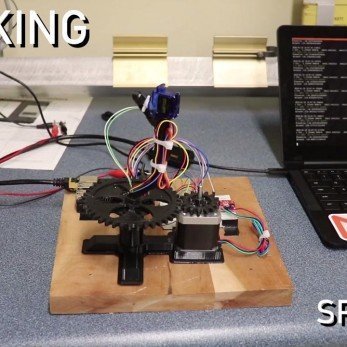
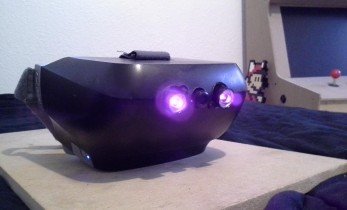

Leave your feedback...